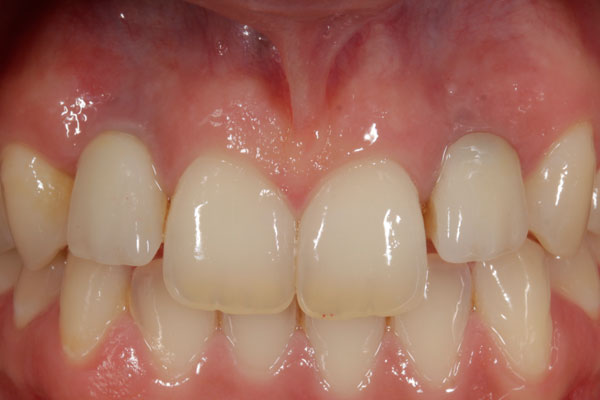Positional changes between the natural teeth and implant-supported restorations over time
What happens with implant-supported restorations in the long term? How do they evolve in relation to natural dentition?
In half of implant-supported restorations, infra-position or missing proximal contact points were detected after a mean follow-up of 5.7 years (range: 1 to 18). Both of these were found to increase over time. Missing contact points were encountered more often in mesial regions/areas, and infra-position was more frequent in females. The older the patient at the time of the implant placement, the less infra-position was observed.
Positional changes were shown to occur when placing implants in young patients. But it should be noted that this potential complication can also affect adult patients. Although the clinical consequences of these changes have rarely been reported, it is likely that implant restorations in the long term may require some kind of re-intervention.

- 1. In the long term, implant restorations are susceptible to positional changes in relation to natural teeth (infra-position and missing contact points), even in adult patients